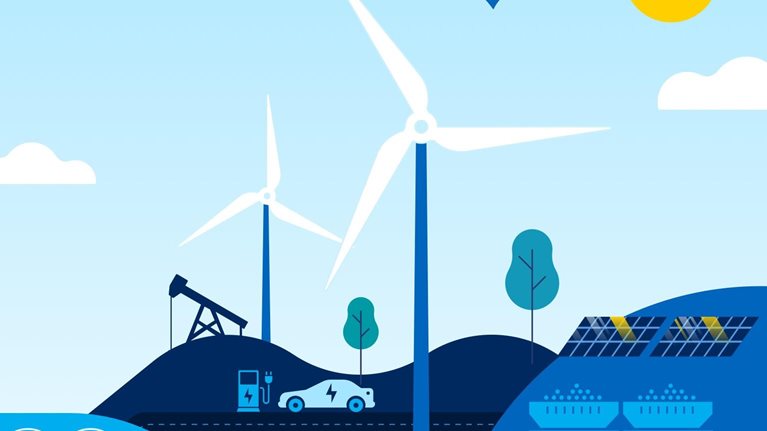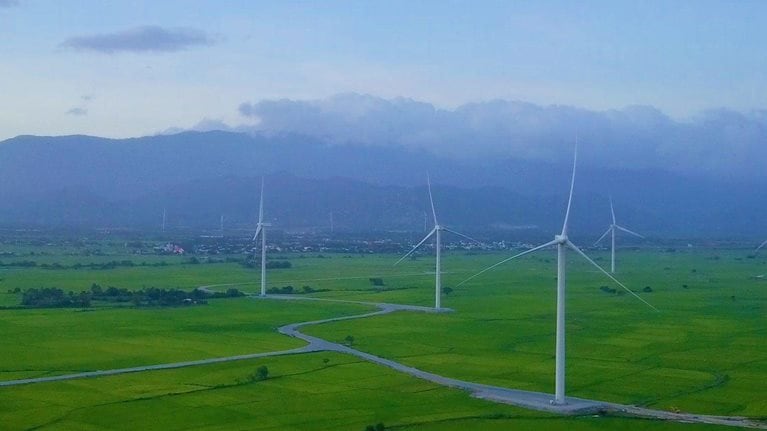In the changing global energy landscape, Asian companies should move beyond being purely oil and gas companies to being energy companies, says McKinsey senior partner Azam Mohammad in this video. Mohammad leads McKinsey’s energy and basic-materials work in Southeast Asia. An edited version of his remarks follows. The conversation is part of our series on the future of Asia.
What are the top three most disruptive forces shaping Asia’s energy sector ten years out?
If you look at the sky in Delhi today, or in Beijing, you will see that it’s covered in smoke, it’s difficult to breathe. If you were to play the future forward and, say, if these countries were to grow further, what’s the price of the development? Are we going to be losing an entire generation to lung cancer, or are the skies going to clear up?
We think there is a clearer brighter future out there literally, and that’s driven through renewables.
The other big game changer is going to be batteries, and even in batteries it’s Asia that’s taking the lead. China is going to be producing more batteries than anywhere else in the world. Chinese battery manufacturers are innovating, they are taking the lead on lithium-ion technology, and Japan is driving developments on hydrogen. Fundamentally, I think Asia is going to be the hotbed of innovation which is going to drive the energy transition.
Similarly on gas, which is a fuel which we think will continue to play an important role in the growth of energy transition. The action is all in Asia. The growth of LNG [liquefied natural gas], for example, traditionally used to be in Japan, Korea, and Taiwan, but in the next ten years China, South Asia, Southeast Asia are going to add two more Japans to the market. That’s how big the Asian growth in LNG is going to be. Again, this is driven by innovative users of technology such as floating storage re-gas units, which have reduced the cost of developing energy gas plants, plus reduce the time to market for these projects, and therefore has helped in increasing the penetration of gas into these markets.
Similarly on oil, while oil peaks in the rest of the world around 2030, the growth in Asia will still be increasing. While electric vehicles will impact the growth of oil, oil will continue to grow in Asia for a bit longer and peak around 2033–2036.
How should CEOs be responding to these forces as they think about their business strategies for the next decade?
At the most fundamental level, companies are thinking what their identity and purpose is, so energy companies are actually redefining their vision, their aspiration, their mission, and their statement of purpose. They will have to move beyond just being purely an oil and gas company to a broader energy company.


